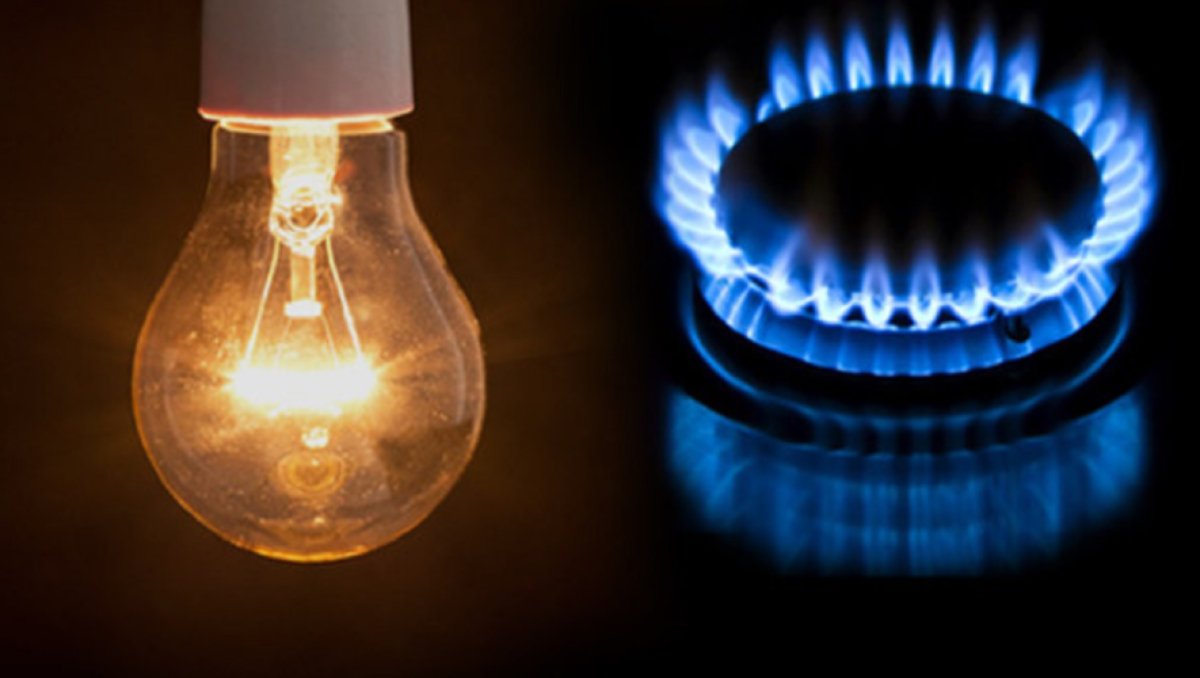Synchronized operation of gas and electrical systems for flexibility testing

Increasing interdependence between electricity and gas systems powered by gas-fired power plants and gas-fired compressors Such interdependencies need to be studied in detail, especially of the increasing share of renewable energy sources In the context of. This paper assesses the value of an integrated approach to the operation of gas and electricity systems. An outer equality relaxation (OA/ER) approach is used to address the optimization class for the nonlinear problem of mixed integers with simultaneous operation of gas and electricity systems. This approach significantly improved the efficiency of the solution algorithm and resulted in a reduction in the computation time of about 40% compared to sequential linear programming. The value of resilience technologies including flexible gas compressors, demand response, battery storage and power-to-gas is quantified in integrated gas and electricity system operations in GB 2030 energy scenarios for different levels of renewable generation expansion. Modeling has shown that the flexibility options allow significant cost savings (up to 21%) in annual operating costs for gas and electric systems. On the other hand, the analysis performed indicates that the use of resilience technologies adequately supports the interaction between the gas and power systems.
1. The Introduction
The share of renewable energy sources (RES) in the electricity generation mix in the UK is increasing significantly to meet decarbonisation targets (National Grid Plc, 2016). Gas-fired power plants will help manage the variability of renewable energy generation, increasing the interaction between gas and power systems and the challenges associated with gas storage and line pack management in gas transmission systems . Therefore, it is becoming increasingly important to operate gas and electricity systems as integrated energy systems.
Battery storage, demand-side response (DSR), power-to-gas (P2G) and flexible compressors can improve the system flexibility needed to support more cost-effective power supply and demand matching. In addition, these options can participate in the provision of several additional services, including reserve and frequency regulation (Kadardan et al., 2017b). Battery storage facilitates the integration of wind into the network by controlling variations in peak power plants, such as gas power plants. The use of DSR helps to better manage the variability of RES, as the energy consumption can be shifted, which can act as a virtual power plant (Ameli et al., 2017a, b ) In addition, P2G technology will use surpluses of renewable energy by producing hydrogen through electrolyzers that are injected into gas systems or stored in hydrogen storage facilities.
The hydrogen can then be transported to demand centers or delivered to combined cycle gas turbines (CCGTs) to generate carbon-free electricity. Flexible gas compressors in gas systems improve gas supply to demand centers by varying the direction of gas flow. Several studies, such as Troy et al. (2012) and Pudzianto et al. (2014), evaluated the role of flexibility opportunities in relation to the challenges posed by RES for power balancing.




0 Comments